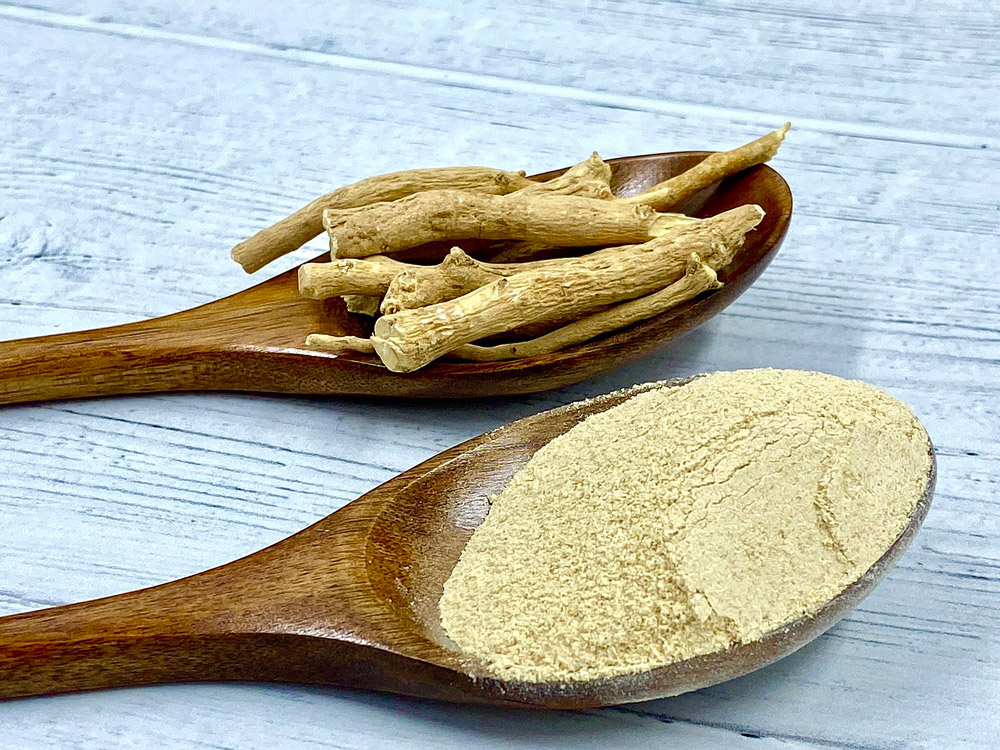by Fiona Chapman
As the days sadly draw in, I start thinking about much more wholesome and warming foods. Apple and blackberry crumbles and soups!
We should all be eating seasonally as our body needs all the lovely roots and tubers full of sugar and starches to prepare us for the long winter days. Soon I should harvest the burdock, marshmallow and elecampane as autumn is the best time to do so, when all the goodness of the plant goes down into the root.
I could also harvest my beautiful Ashwagandha plant, but I won’t – too much care goes into me bringing it in and out of the house before and after the frost for me to dig up its roots!
Withania somnifera or Ashwagandha, is grown naturally in India and Africa where it is used medicinally. It is what we in the west term an ‘adaptogen’, which basically means it is a plant or herb that helps the body to adapt to its environment and so protects it from some of the outside stressors we are being exposed to.
I am a huge believer in the power of Ashwagandha. In India it is given as a food to children who are not growing well or are undernourished, and it is also excellent to take as we get older. I prefer using the powdered root to the tincture, as I think of it as an alternative to hot chocolate or Horlicks. As the name, ‘somnifera’ suggests, it is used to calm the body and mind, and a teaspoon of the powder in a warm nut milk at night can be very effective at inducing sleep.
It is a heating herb, so is not great to use if you are a hot, angry or in Ayurveda terms a ‘pitta’ person, but for the young and old, who need warming and nourishing, it is wonderful. It is usually a must for those with chronic fatigue syndrome or for adrenal burnout and is extremely calming for those who live on their nerves.
It is believed in India to give you the strength of a stallion and is used for men with low libido and low sperm count. It is also full of iron, so excellent for those with anaemia and particularly women with heavy menstrual bleeding.
It has also been found in tests to have a positive effect on the thyroid so helping with hypothyroidism. It is used for rheumatic conditions, including RA and along with other herbs said to be good for fibromyalgia. I think we should all be taking it from about the age of 60!
Fiona Chapman is a Naturopathic Herbalist (Pellyfiona@gmail.com)










Leave a Reply